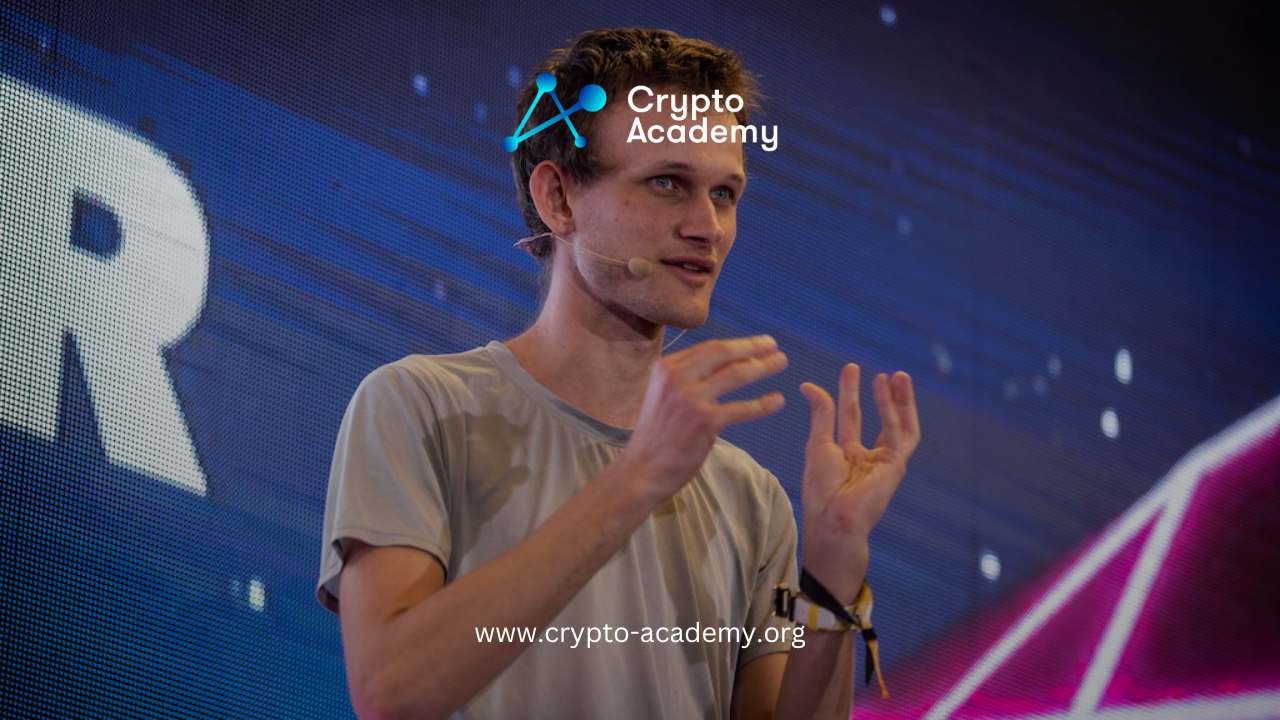Vitalik Buterin recently tackled the hot-button issue of quantum computing’s threat to the Ethereum network. On March 9, Buterin took to Ethereum Research, sharing insights on a so-called “quantum emergency.” He painted a picture of a future where quantum computing could enable attackers to steal Ethereum assets on a large scale. His response? A plan aiming to safeguard users with minimal fuss.
Buterin’s strategy pivots on a hard fork of the Ethereum network. This decisive action would rewind the network to a pre-theft state. For users, this means adopting new wallet software, tailored to fend off such futuristic attacks. The heart of the solution beats with a novel transaction type, crucial for quantum resistance.
Staying Ahead of Quantum Threats
Dubbed in Ethereum Improvement Proposal (EIP) 7560, this transaction mechanism turns to Winternitz signatures and STARKs-based zero-knowledge proofs. These innovations cloak the user’s private key during transactions, a vital step in quantum-proofing. Further bolstering security is the ERC-4337 account abstraction for smart contracts, which shields private keys from exposure.
Buterin reassures, stating wallets untouched by transactions stand secure, with only their addresses in the public eye. He hints at the readiness for immediate development of the hard fork infrastructure, showcasing proactive steps towards quantum readiness.
The Ethereum community’s proactive stance on quantum threats is not newfound. There’s been a vibrant exploration of quantum-resistant algorithms, machine learning for transaction anomaly detection, and enhanced security measures like fail-stop signature schemes. Yet, the looming quantum threat to blockchain cryptography, expected to materialize around 2029, grants the industry a window for preparation.

